I’m honestly not where to start with today’s post. Many years ago, my mom planted a seed of history and romance when she told me about The Alhambra. I’m only sorry I couldn’t take her with me!
The Alhambra is a Moorish palace (Muslim) started in the 9th century on the site of a fortress. Over the years it was extended, the castle added that same century. The first King of the Nasrid Dynasty established his royal residence there 13th century and 23 Sultans would call this home until Ferdinand and Isabella show up.
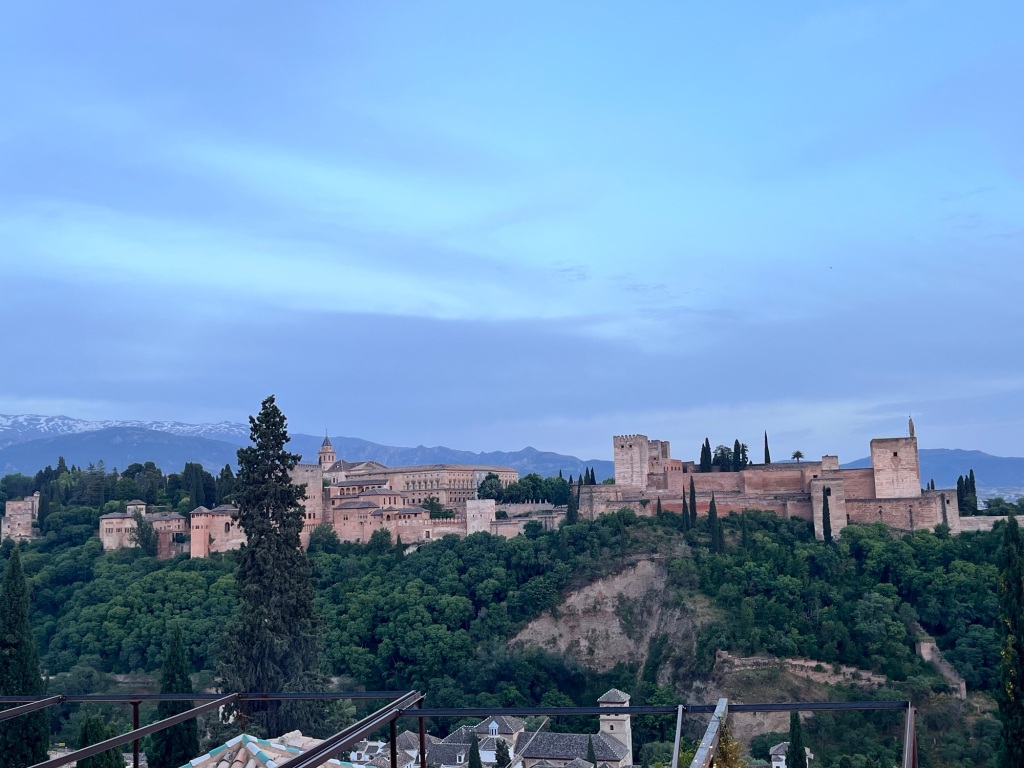
Our tour started in an addition that was started by Charles V (the Holy Roman Emperor) in the 16th century. It’s clearly a Renaissance style structure, but was not finished due to the rebellion of Catholic descendants or the Muslims under the Catholic Rule of Ferdinand. Many of these people were forced to convert to Christianity but then treated as second class citizens for years.

Moving on from there we go to the Nazarid Palaces, of which there are three: Administrative, Political and Private. These palaces were changed under Isabella and Ferdinand, but restored in the early 1900’s. The primary remains of the Catholic monarch’s additions are any gold leaf added to the ceilings and a balcony and chapel added in the Administrative Palace.
The Administrative Palace is the plainest of the three because it was the most public area in the Palaces. The windows here were added by Isabella in the 15th century.
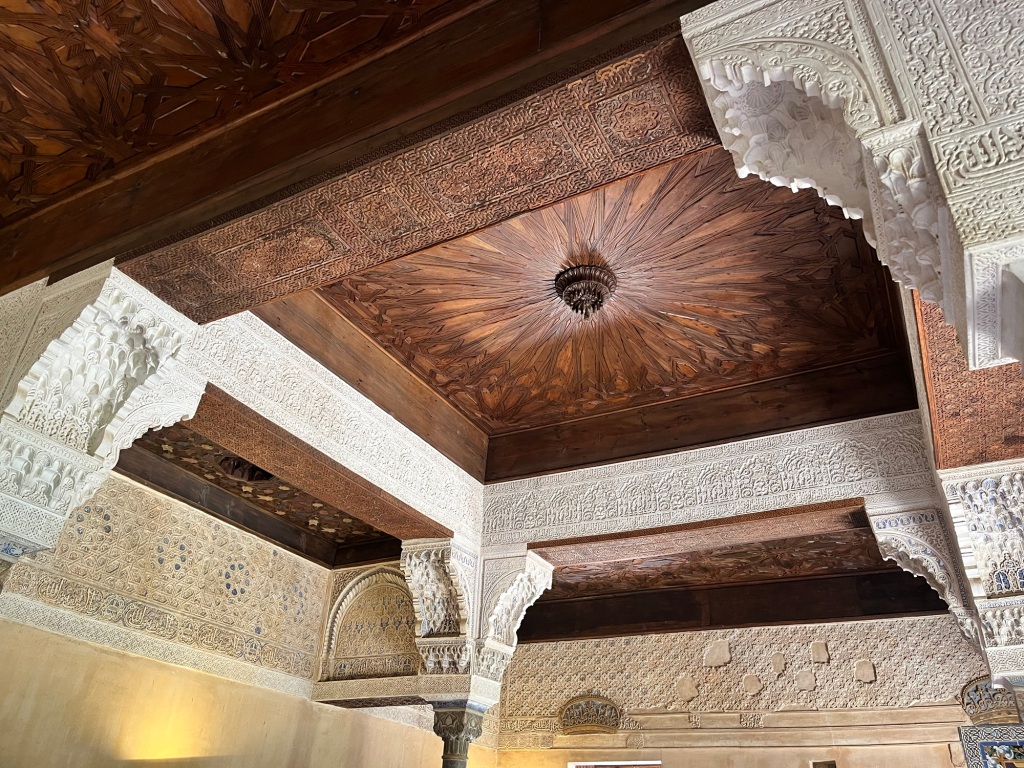
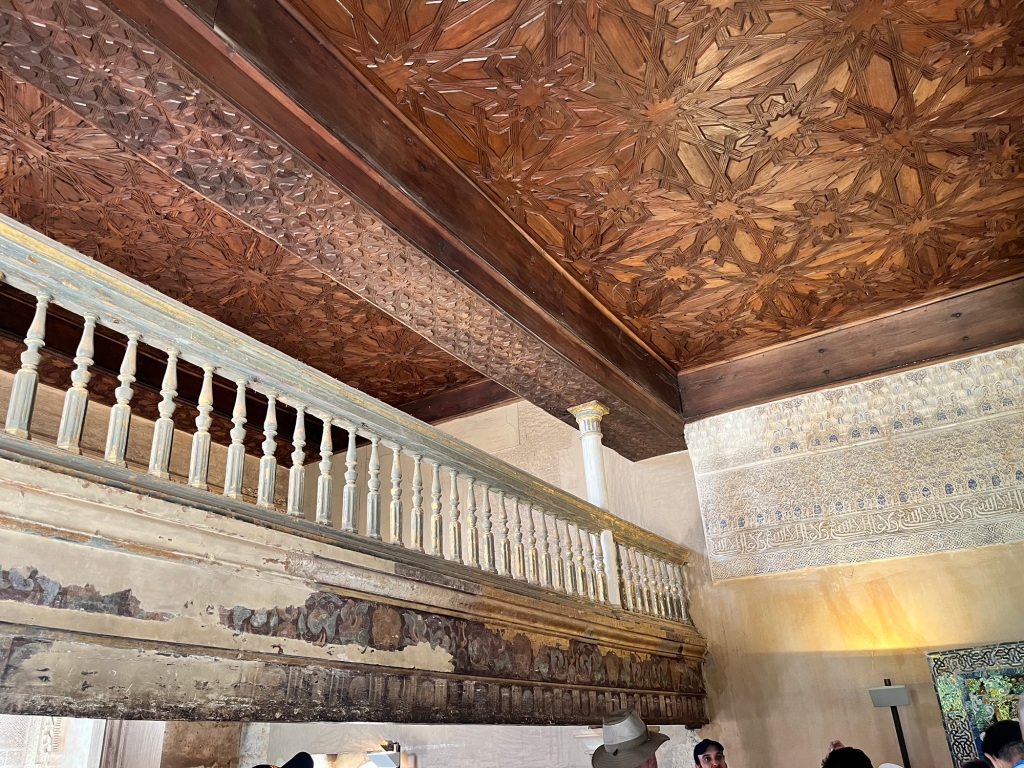
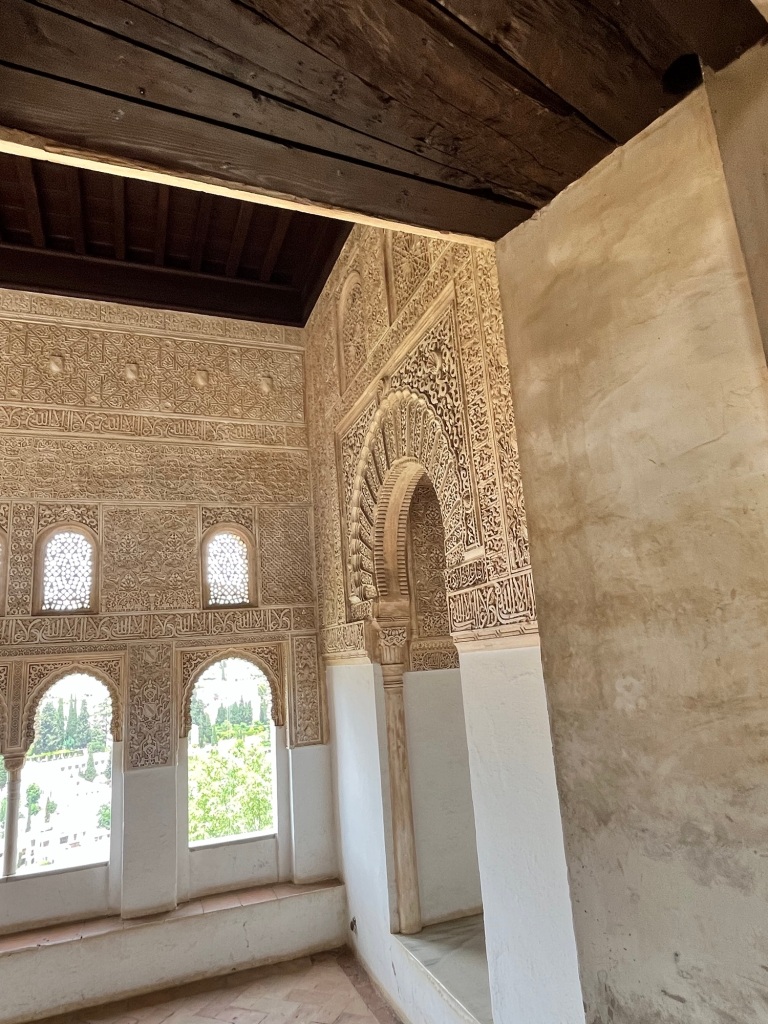
The Political Palace was where the King would receive state guests and representatives. The throne room was spectacular!
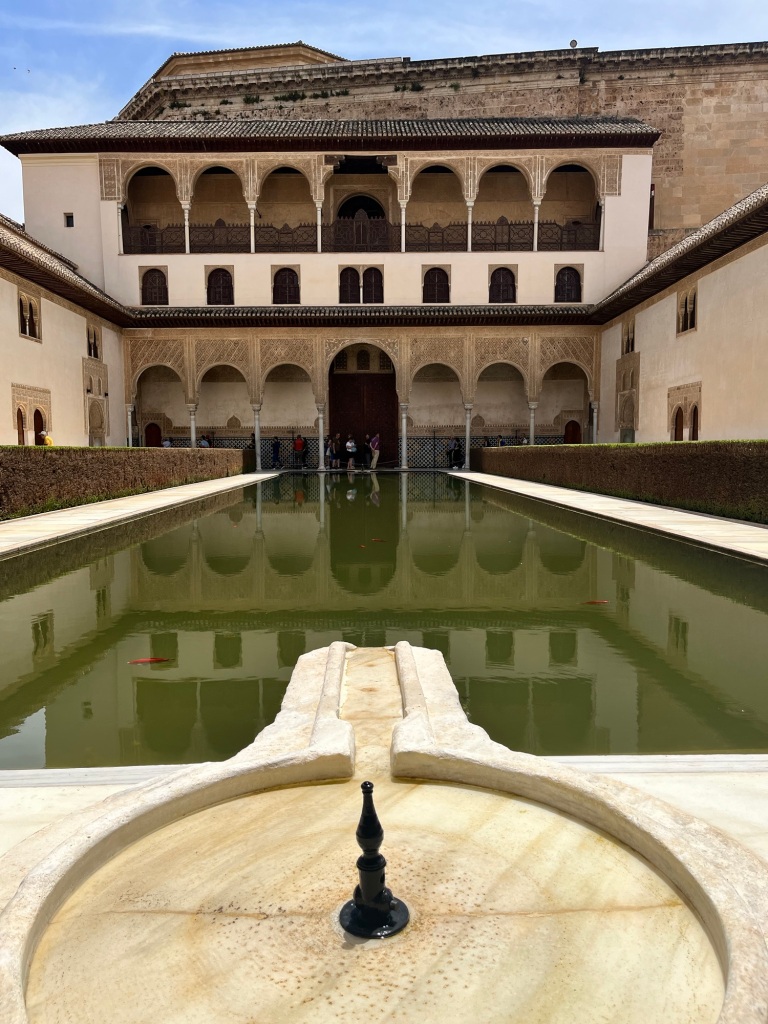
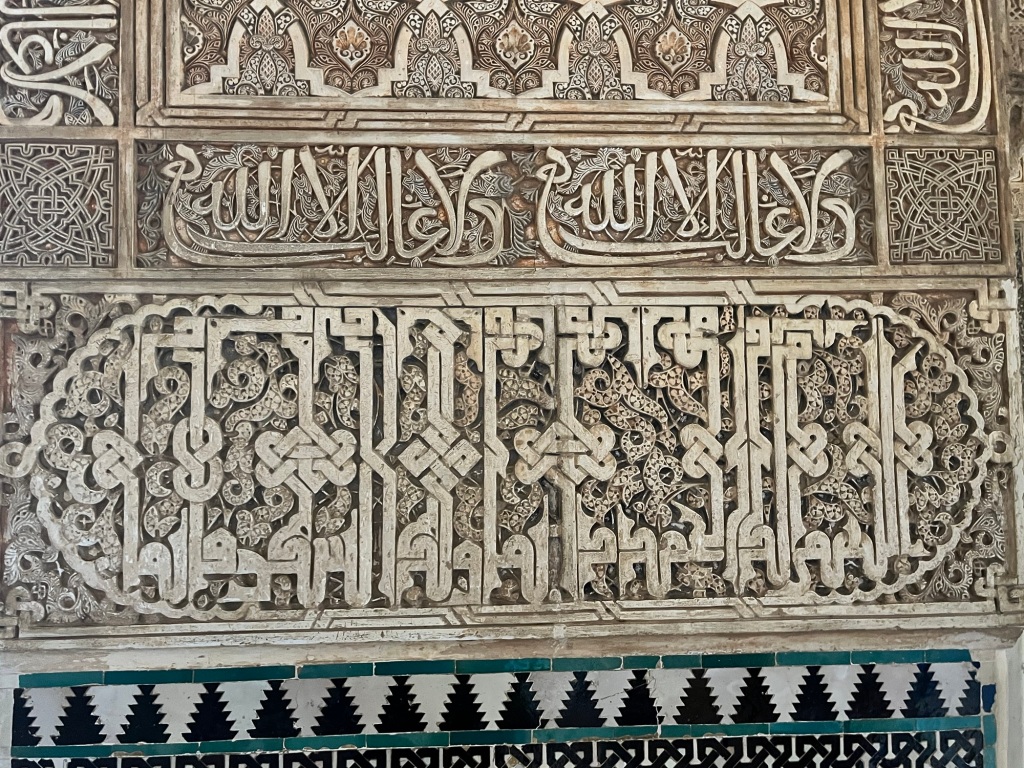
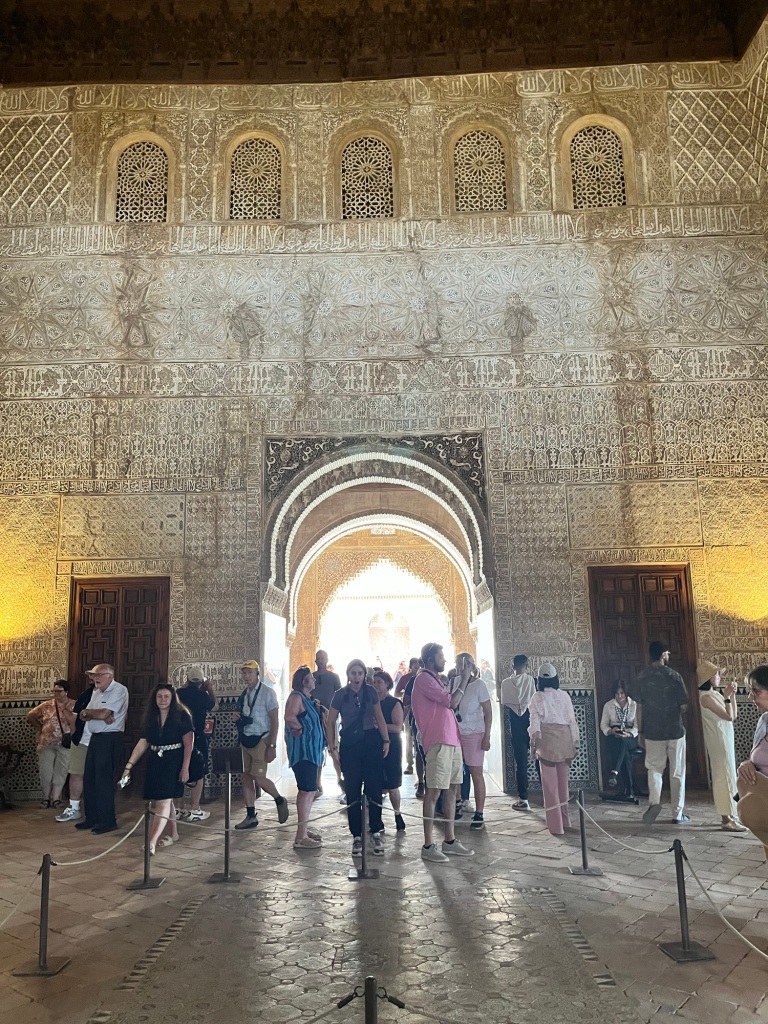
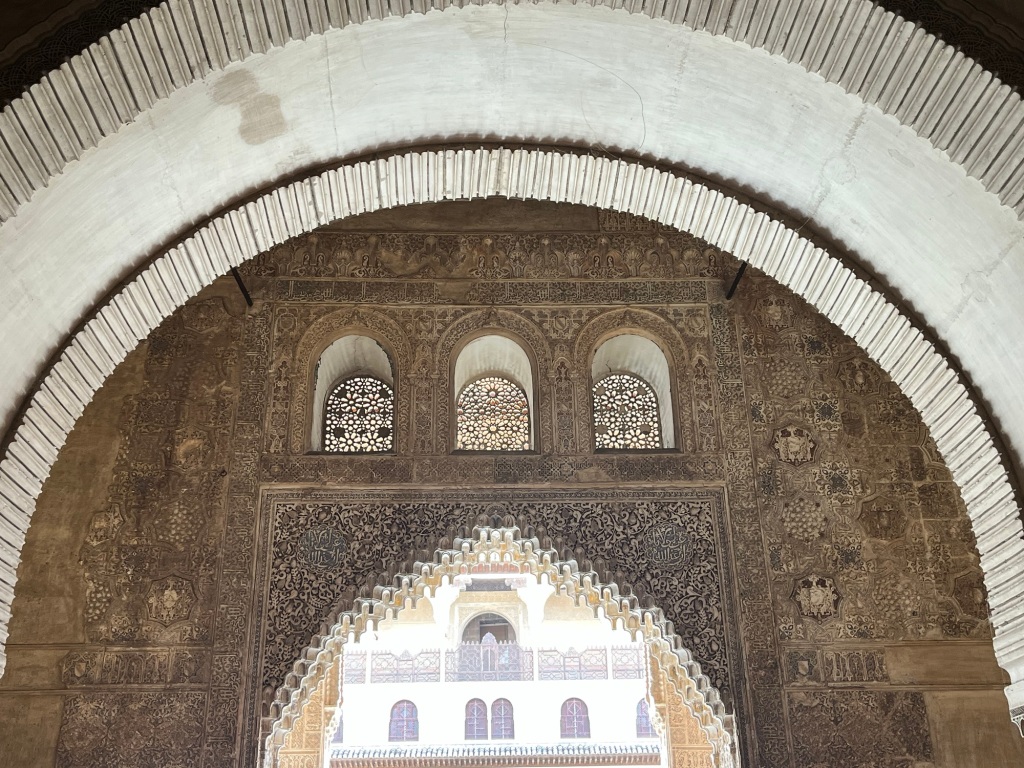
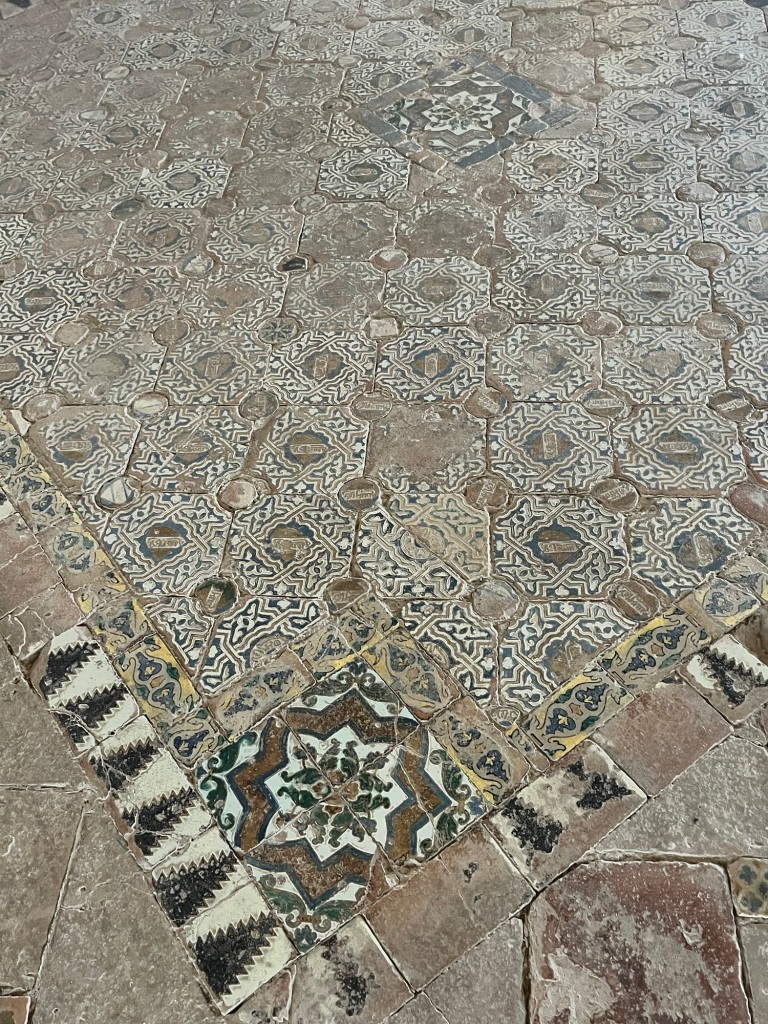
And finally, the crème de la crème, is the Private Palace that housed the Sultan, his wives and up to 150 concubines. The Sultan was allowed to have no more than 4 official wives, the first of which was called the Sultana, a position of great power and privilege. The Sultan’s concubines lived in the upper rooms of the palace where the public could not see them. The only courtyard they could visit was in the Private Palace, the Lion’s Courtyard, built as an allegory to Paradise.
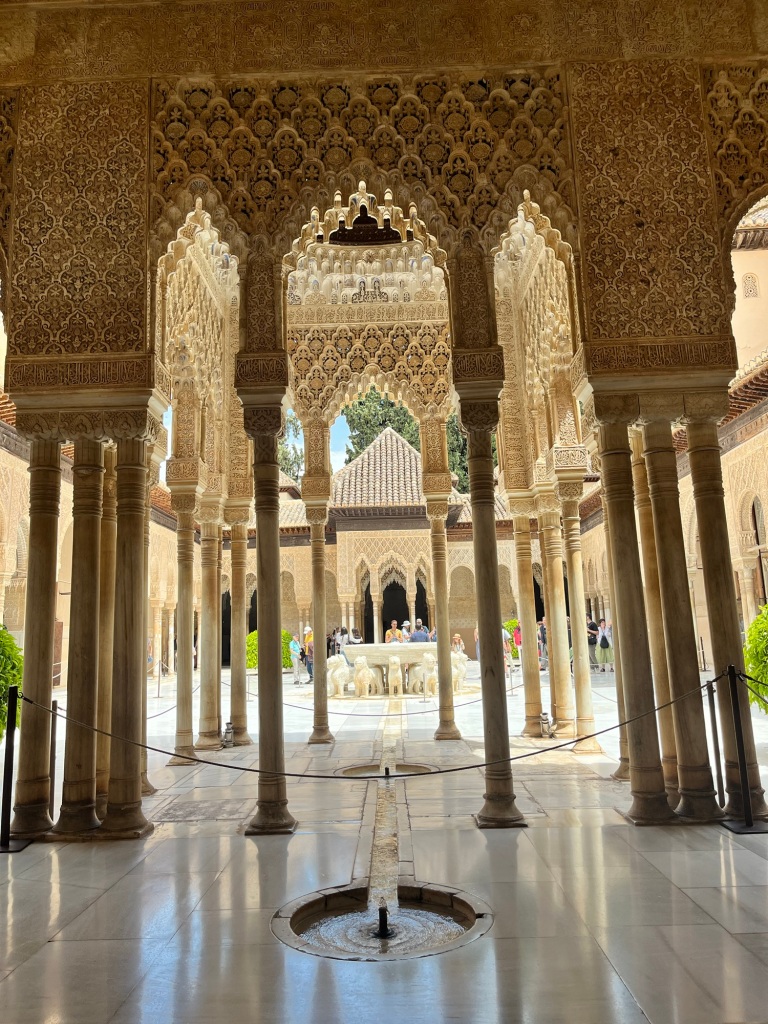
Inside the courtyard is a fountain that was given to the Sultan by a Jewish Vizier. During the Moorish rule of Andalusia, Jews, Muslims, and Christians lived in relative harmony with one another. It wasn’t until Ferdinand and Isabella conquered the area that Jews and Muslims were heavily persecuted.
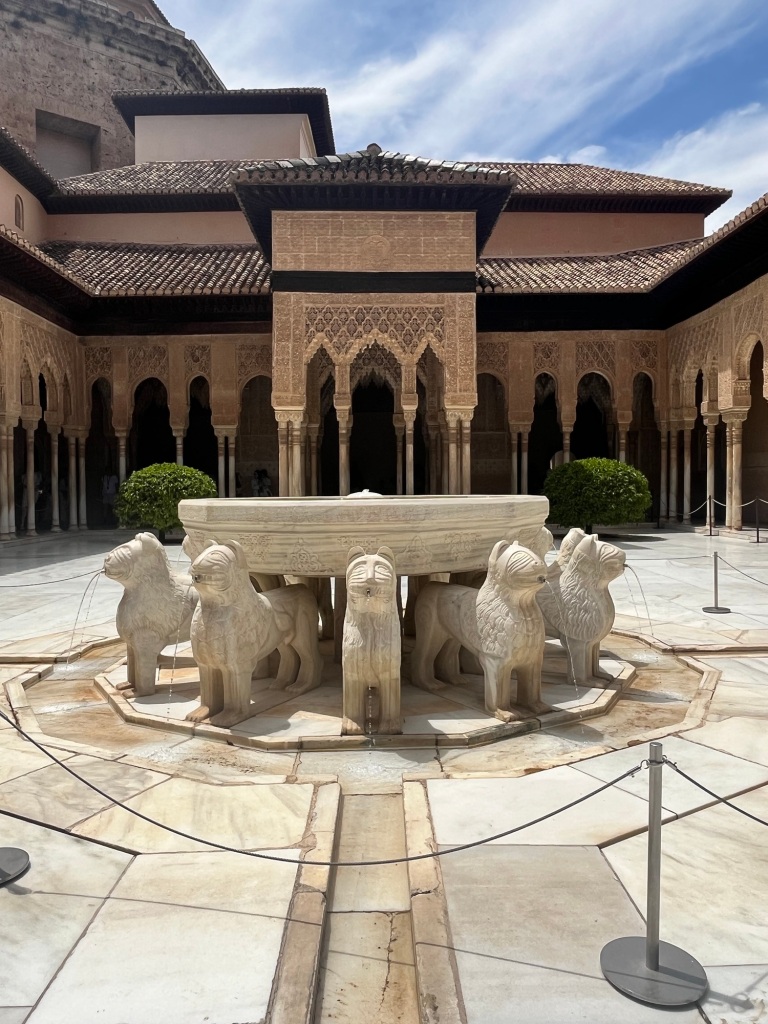
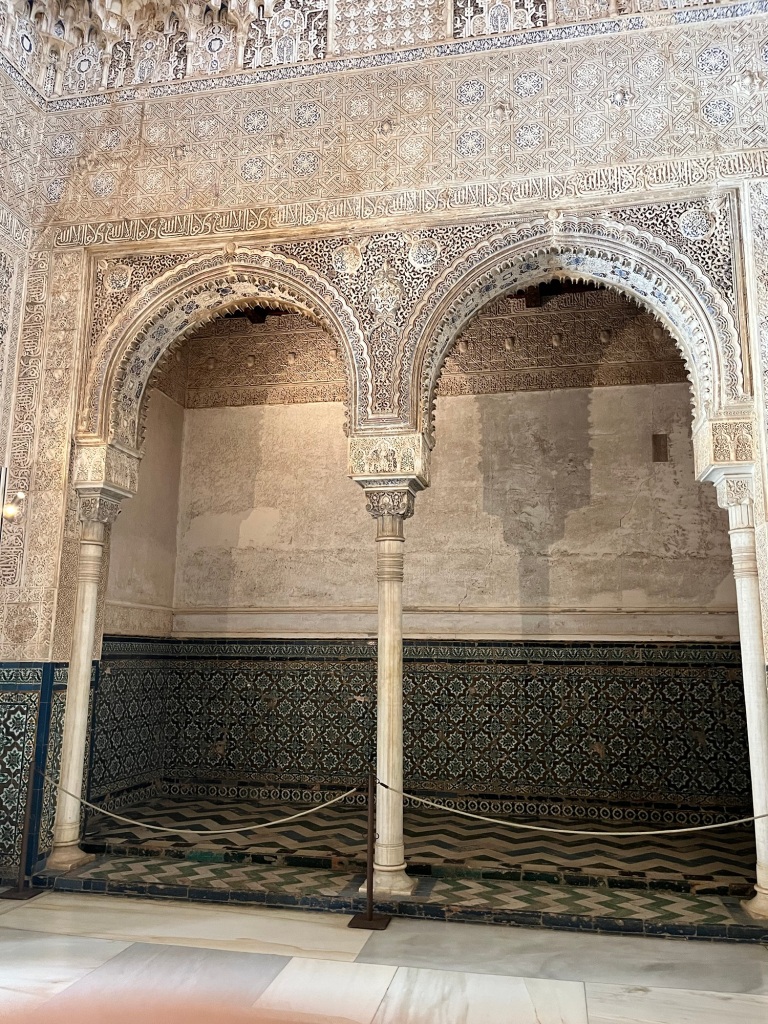
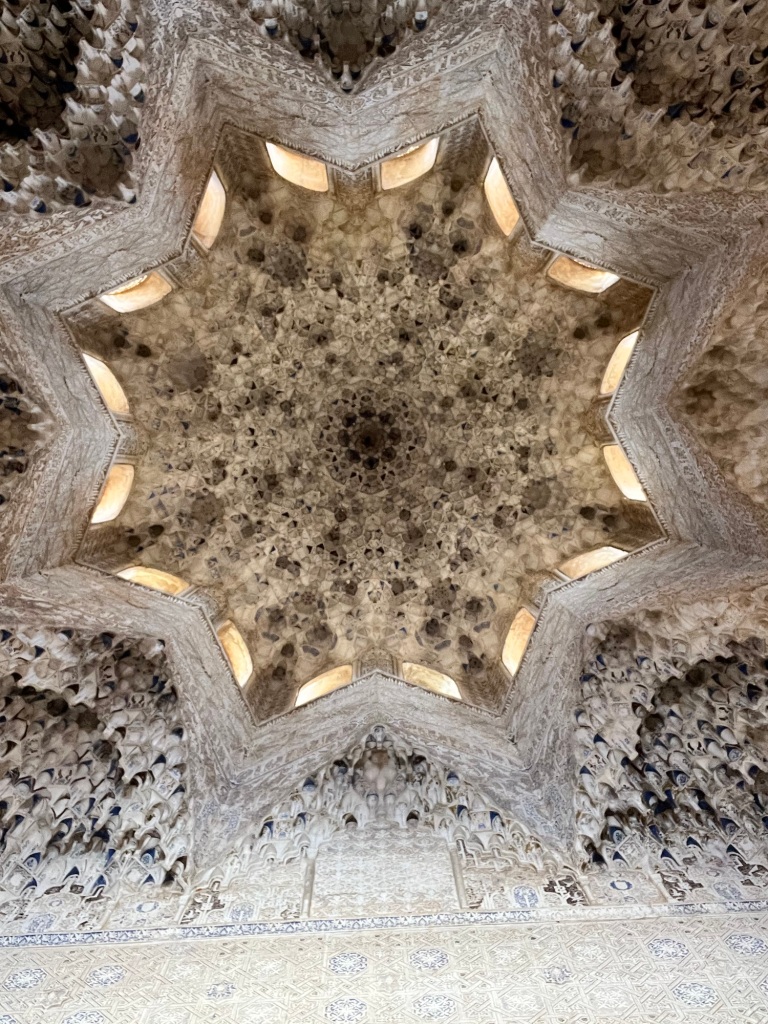
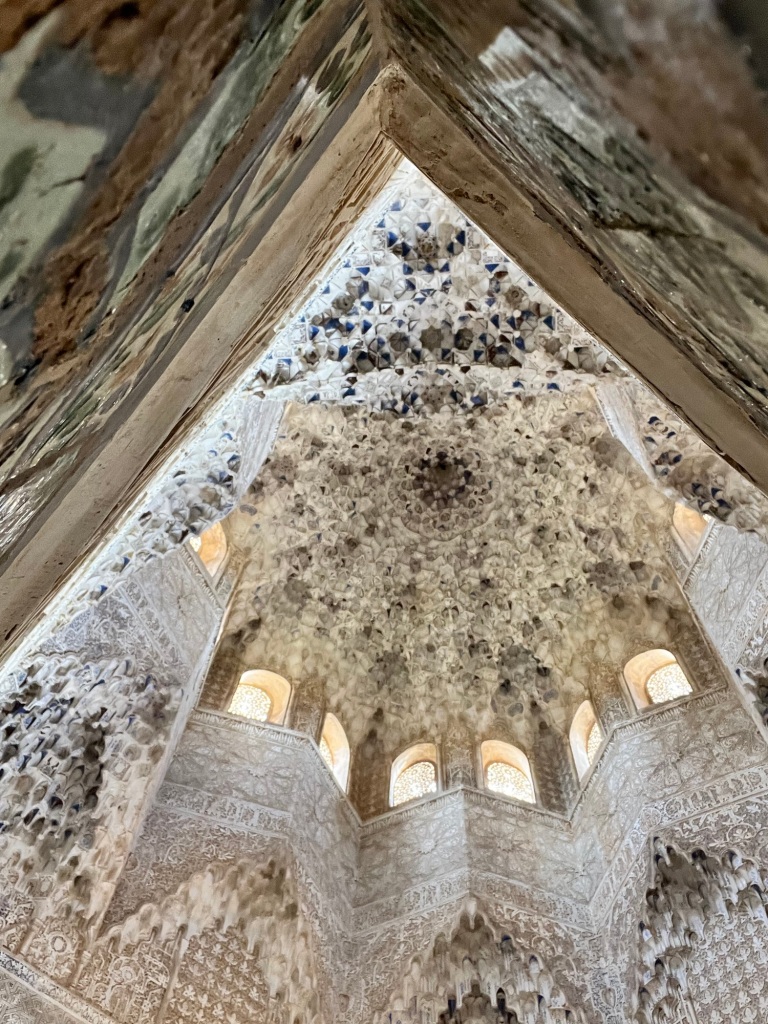
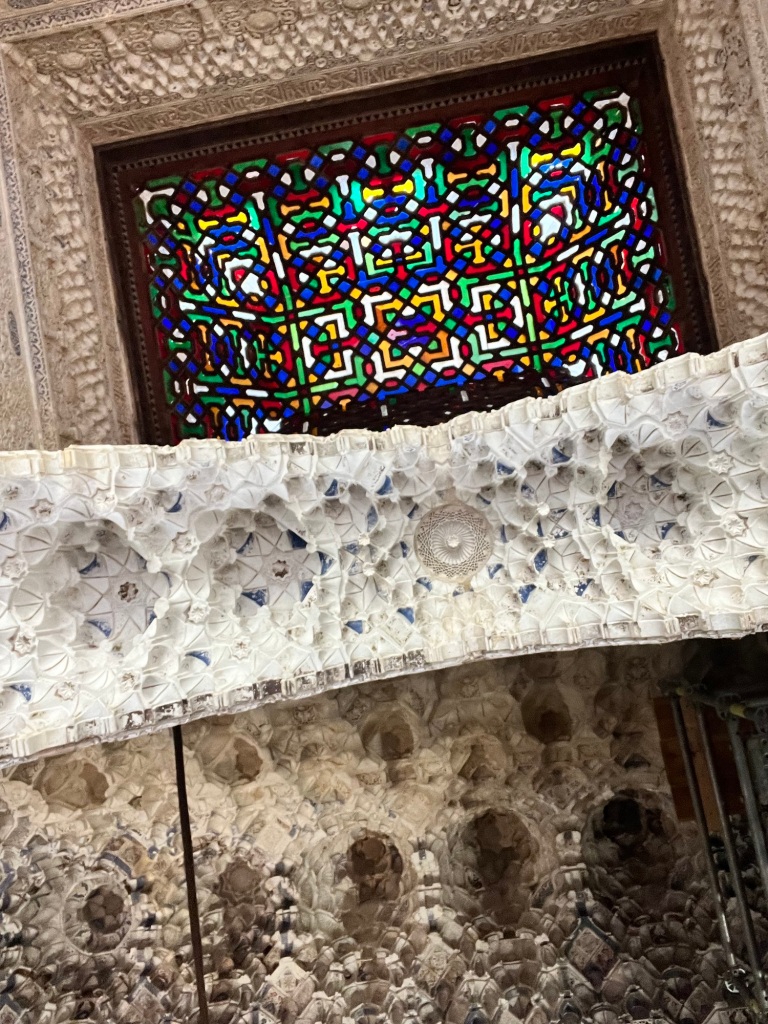
Leaving the Nazarit palace is a complete let down. Here we have another building built by Charles V, which is quite plain. The only thing I enjoyed is about this area is that it is where Washington Irving wrote “Tales of the Alhambra” in the early 1800s, a century before the palace was restored. The book is a memoir of his time wandering the ruins but also a collection of myths and stories about the area.
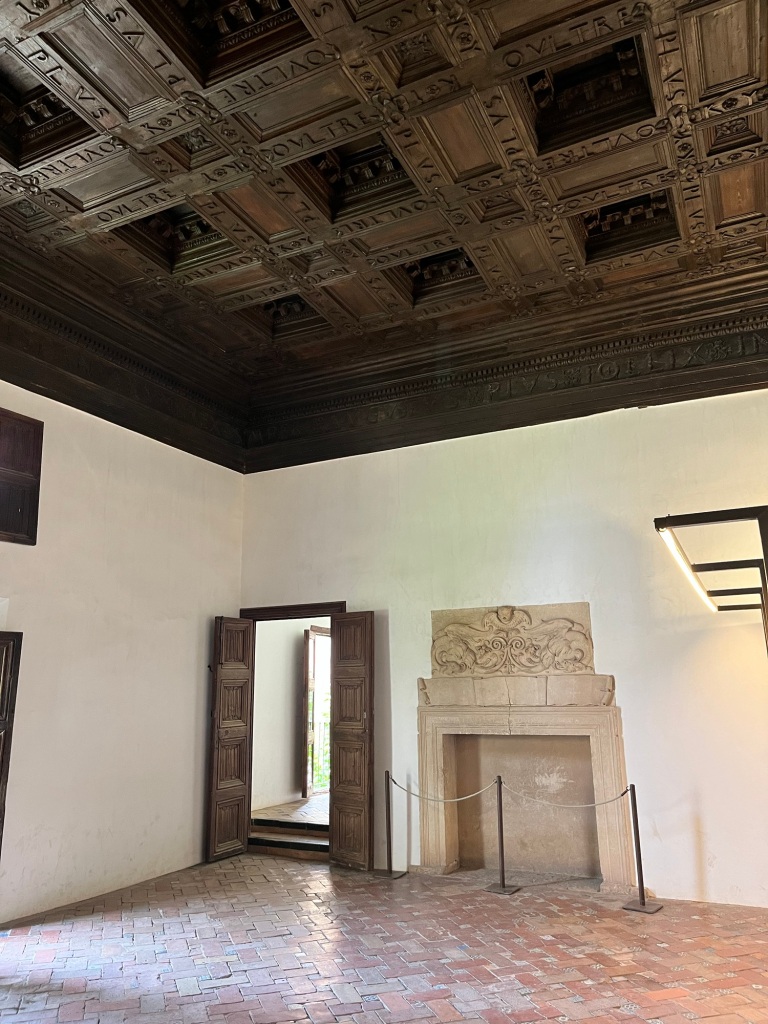
The surrounding areas of these main buildings are where there are extensive gardens and where the original Medina and summer palace were. Unfortunately, the Medina and Generalife summer palace were destroyed by Napoleon (jerk), but the gardens are an amazing place to wander and enjoy the views.
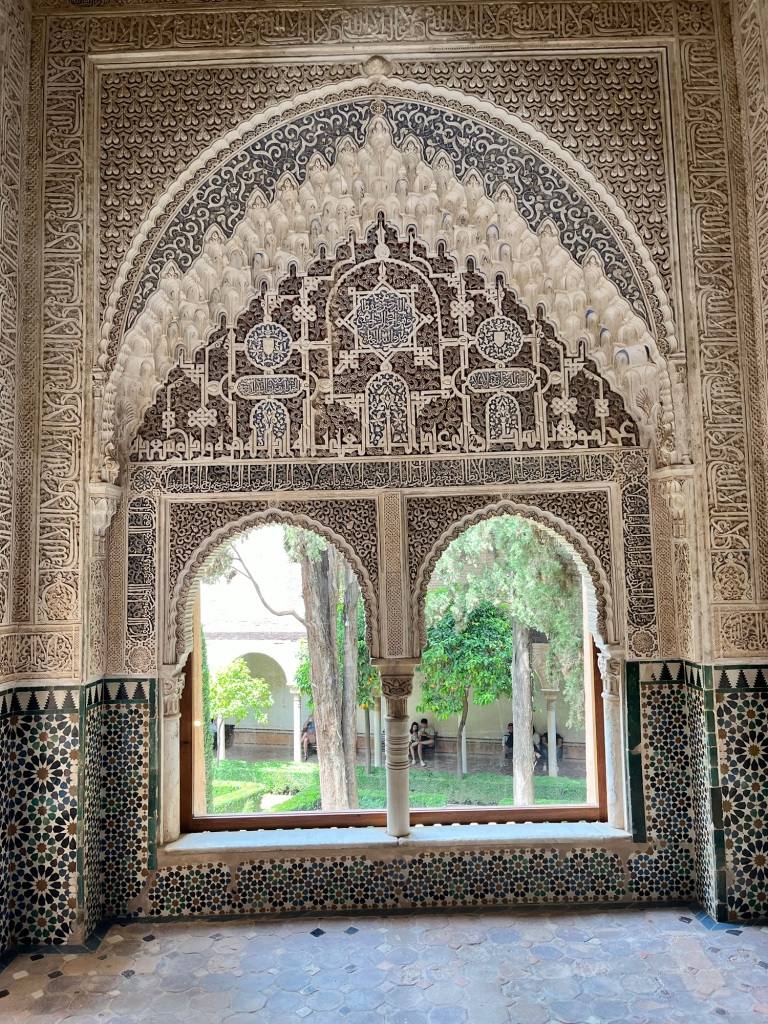
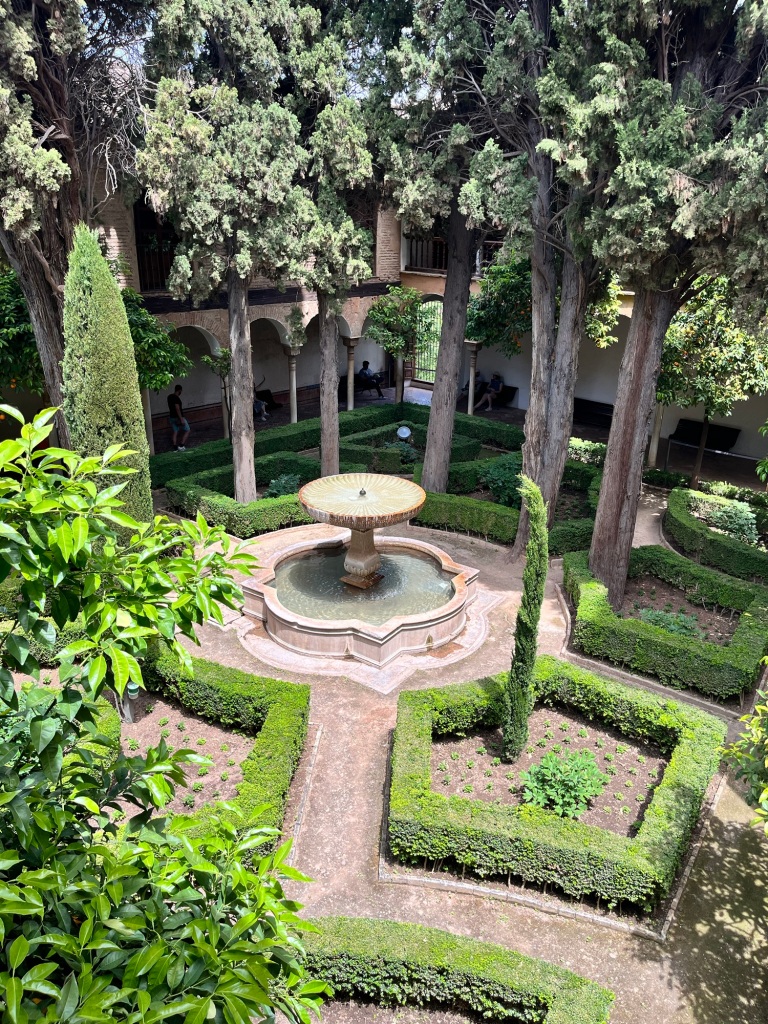
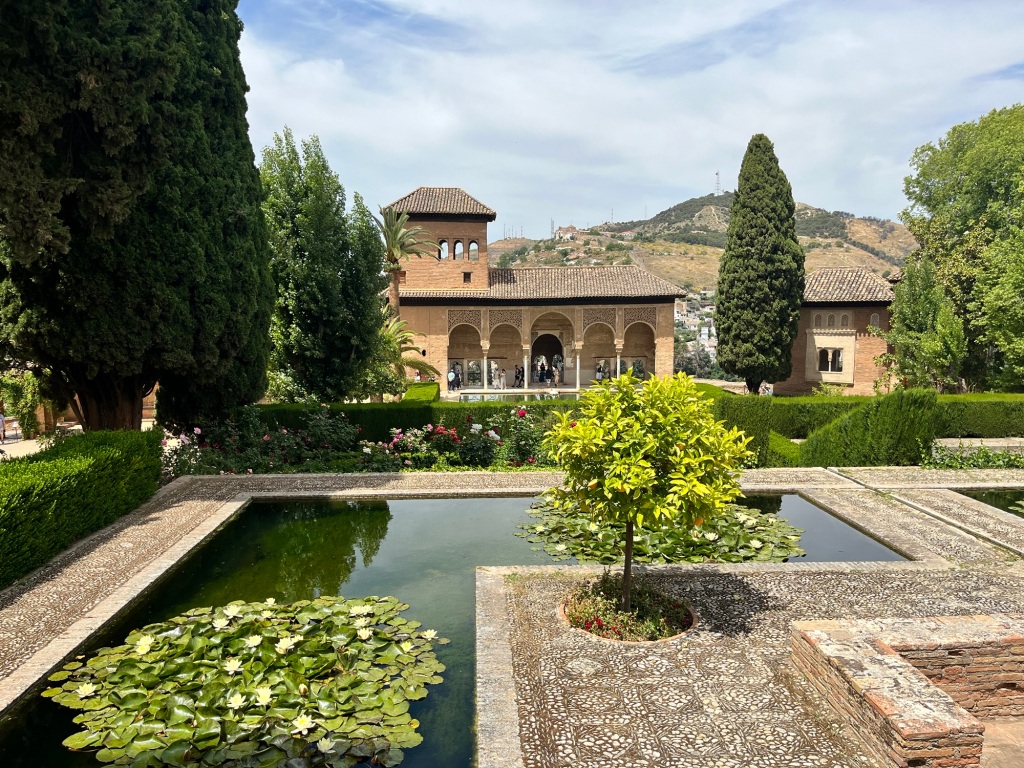
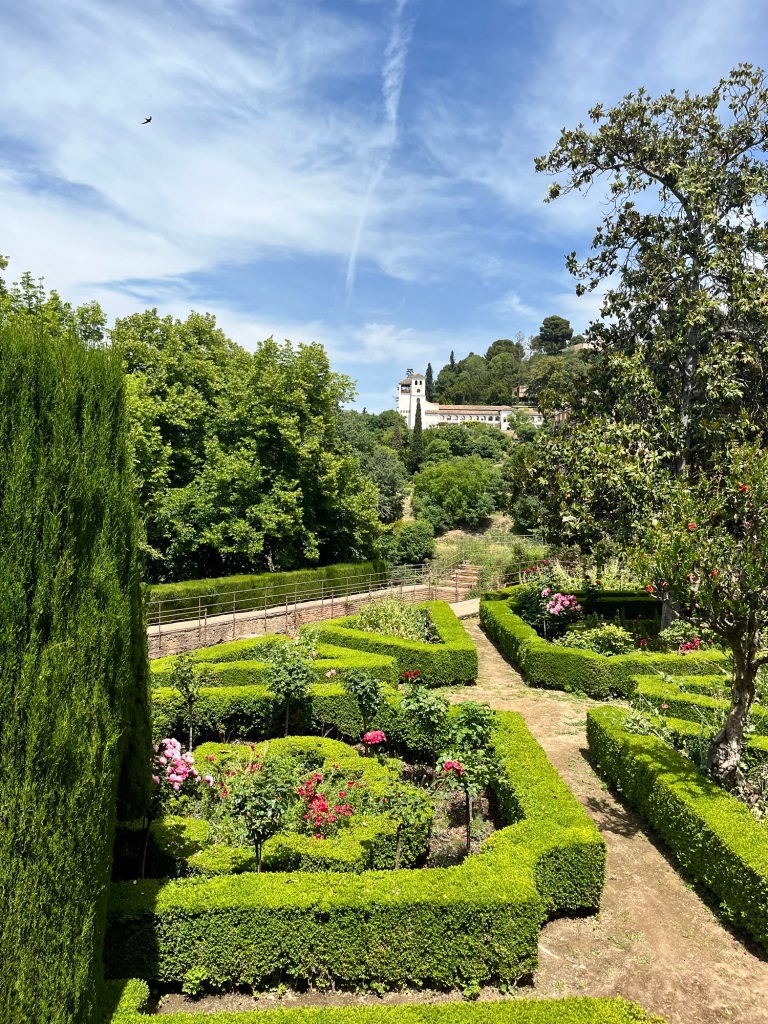
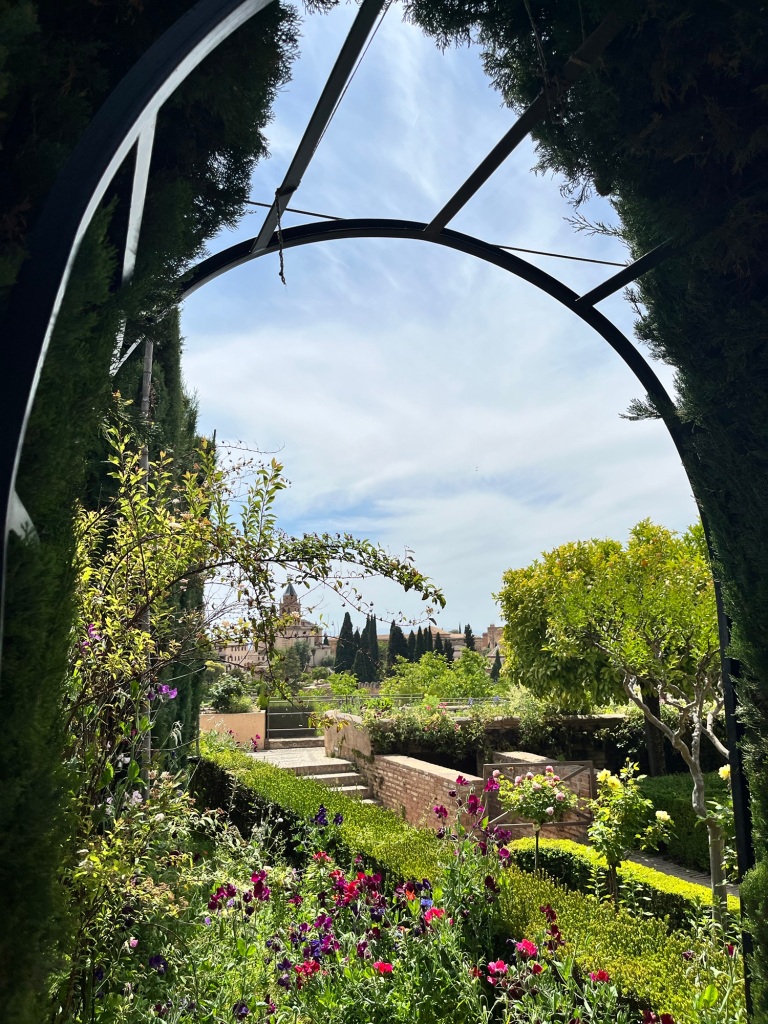
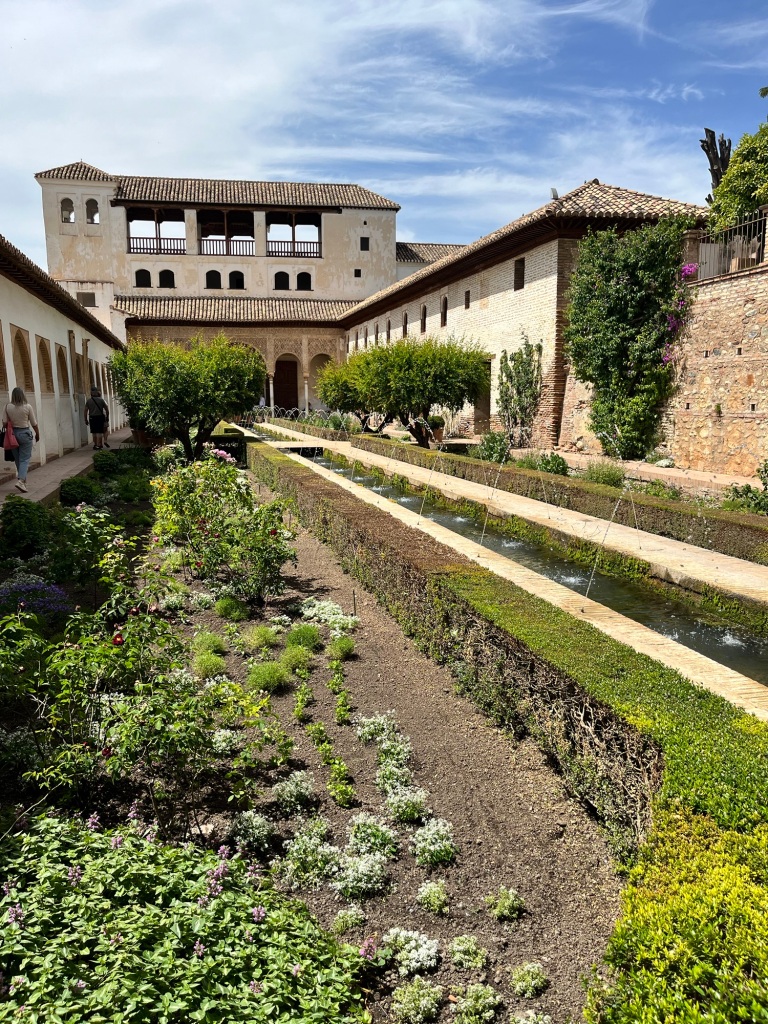
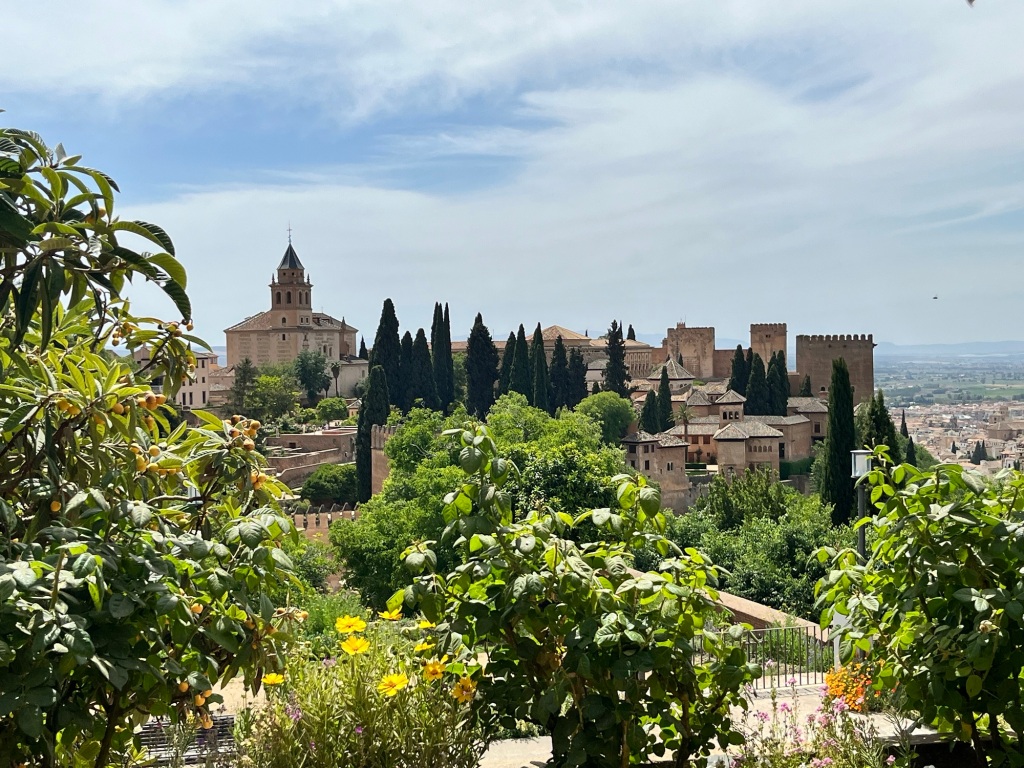
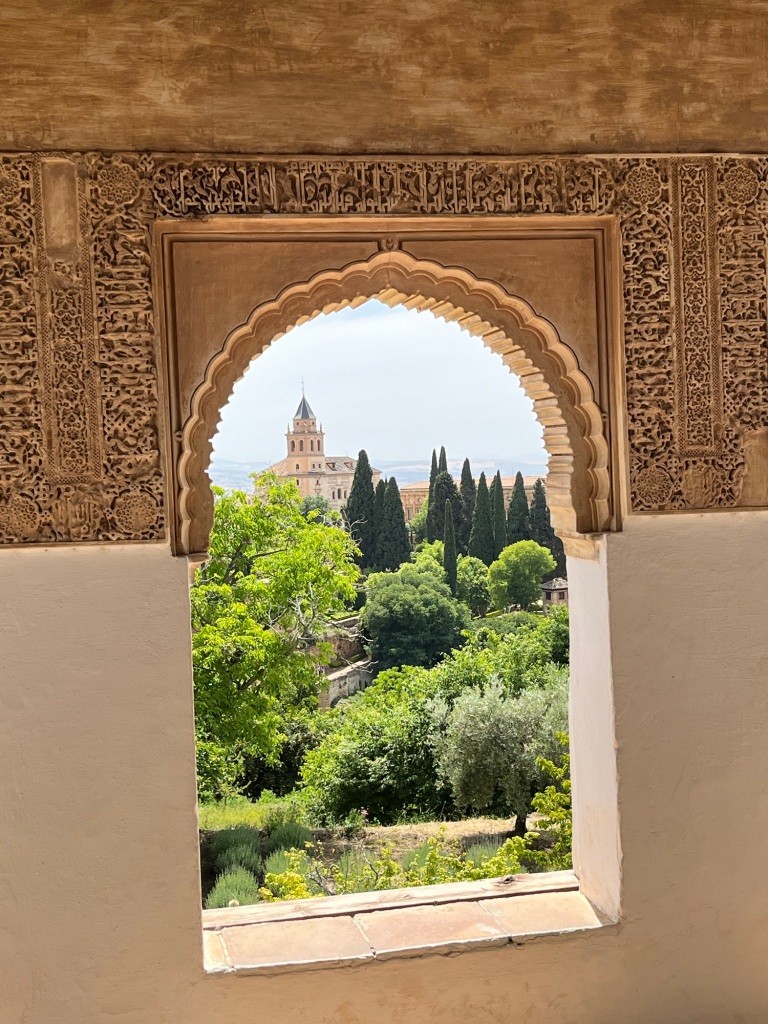
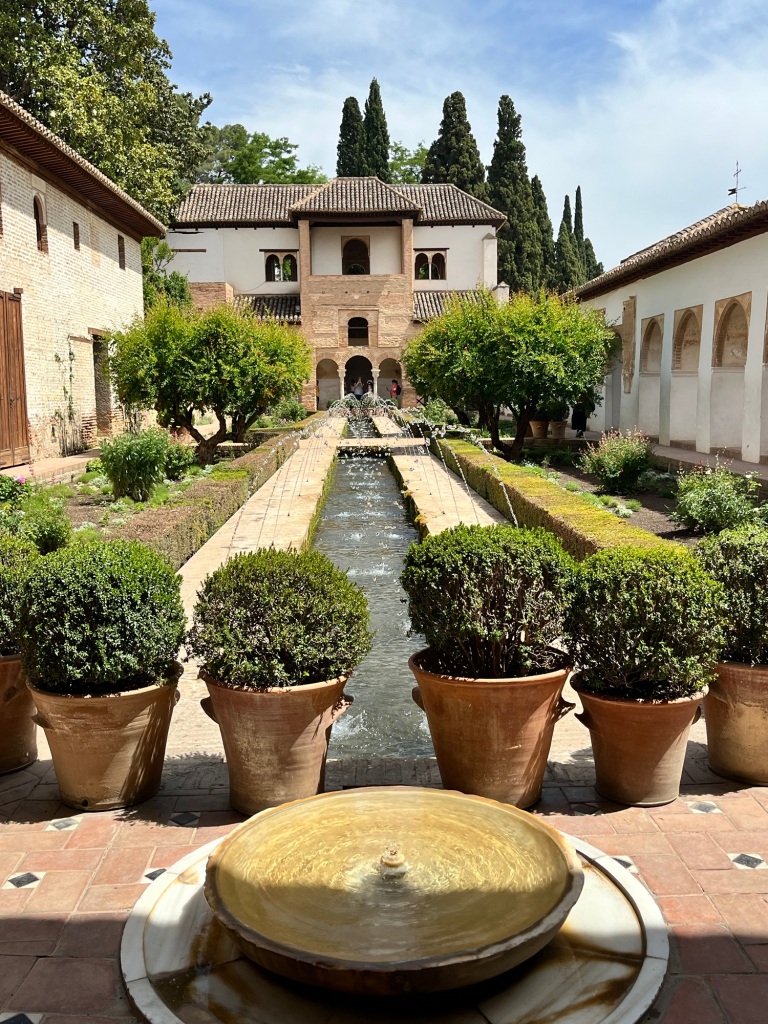
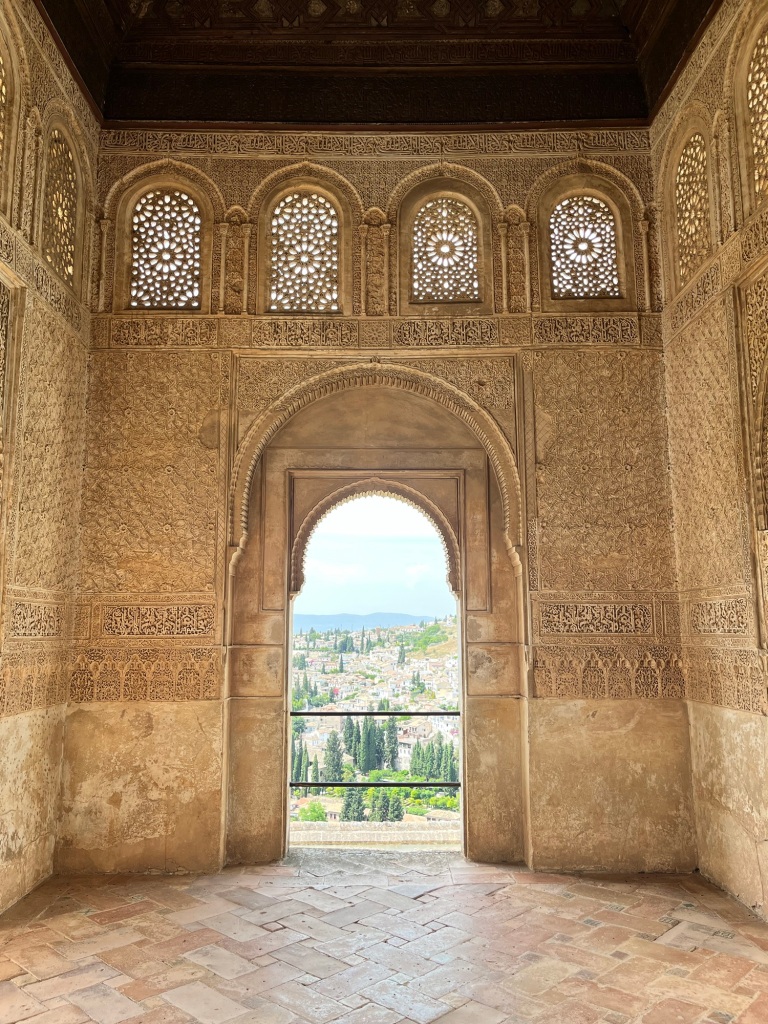
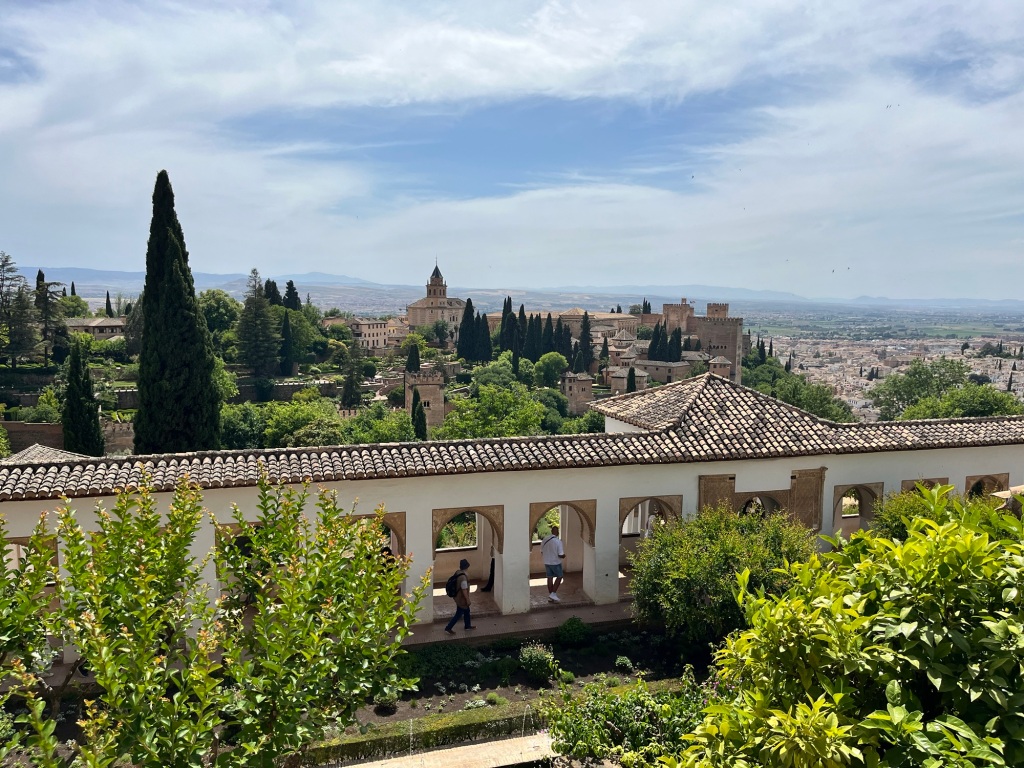
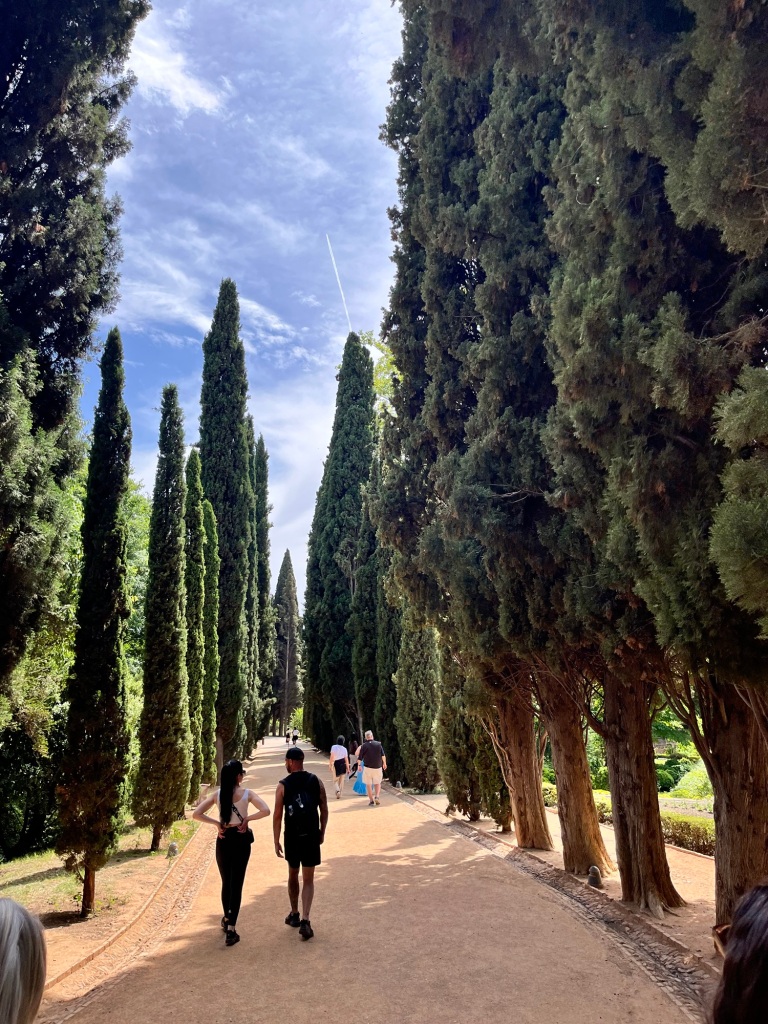
The Alhambra spent so much time under the Nazarid dynasty partly because of how difficult it was to conquer. Its place on a mountain made it difficult to forge, but it also boasts two protective walls. In the end, Ferdinand was only able to conquer it by thinking outside of the traditional strategies. After conquering the rest of the area, he basically put the Alhambra under house arrest, no one could come or go. After two years of this, the Sultan finally capitulated and passed the keys of the city over to the Catholic Monarchs and retreated into Morocco, defeated.
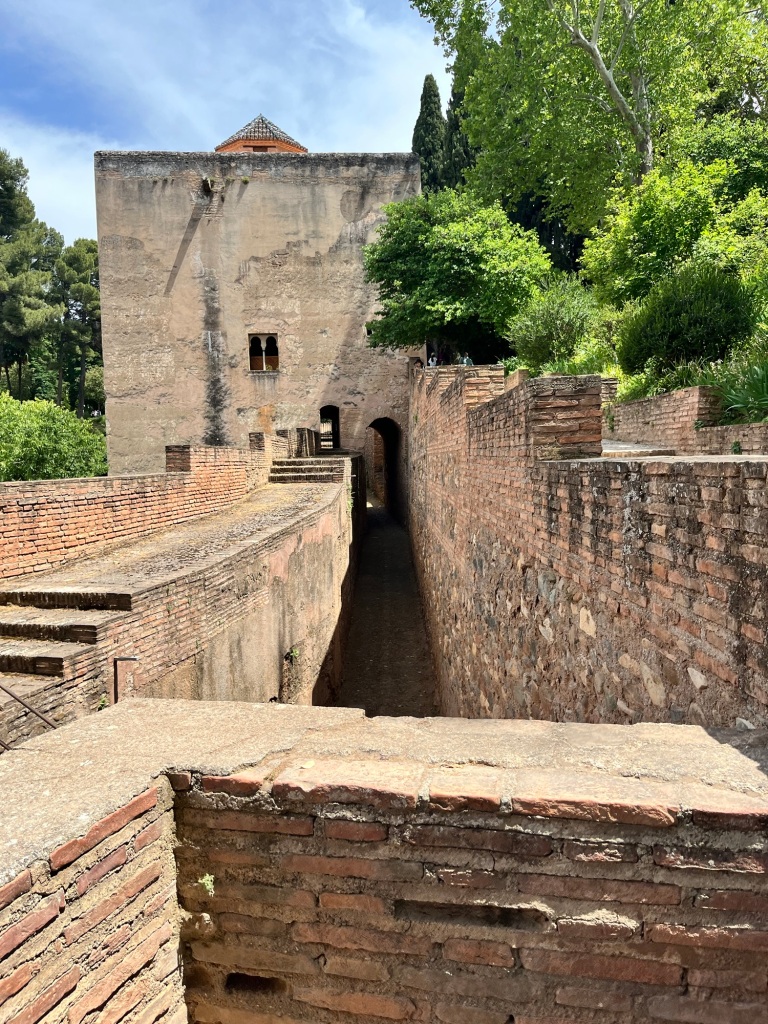
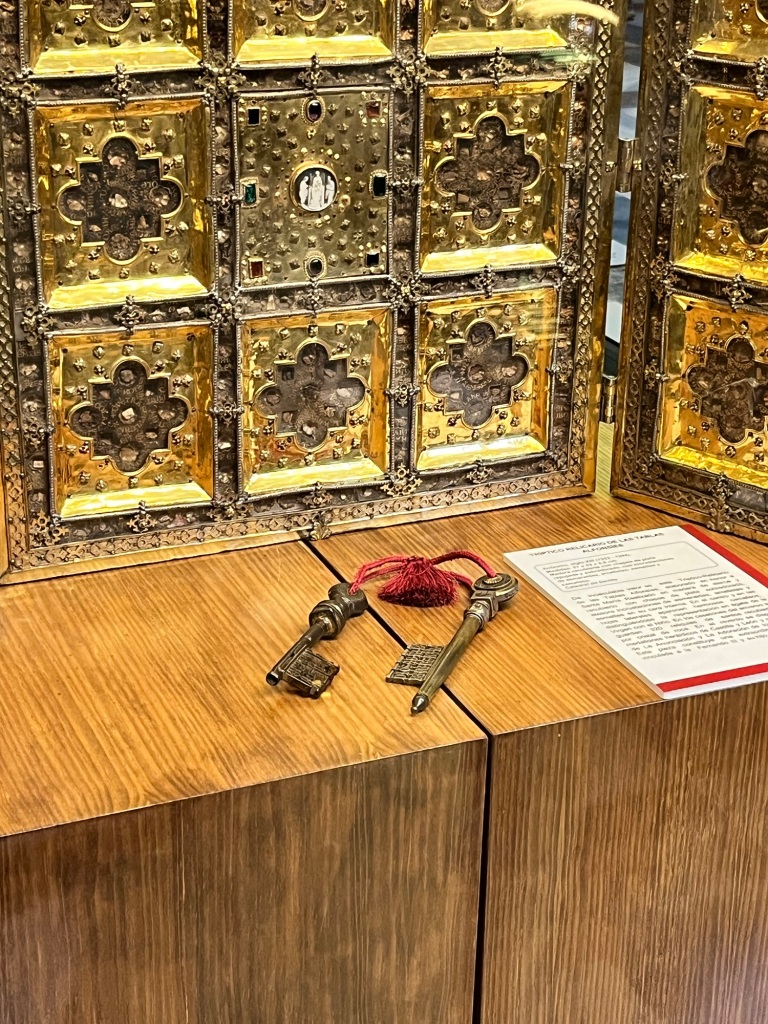
The views from and looking to the palace are spectacular, I hope you can get a sense of the magic of the place from these pictures. I always think of poor Katherine of Aragon who was born here, daughter to Queen Isabella, and married off to Henry VIII in his drab in comparison palaces of England.
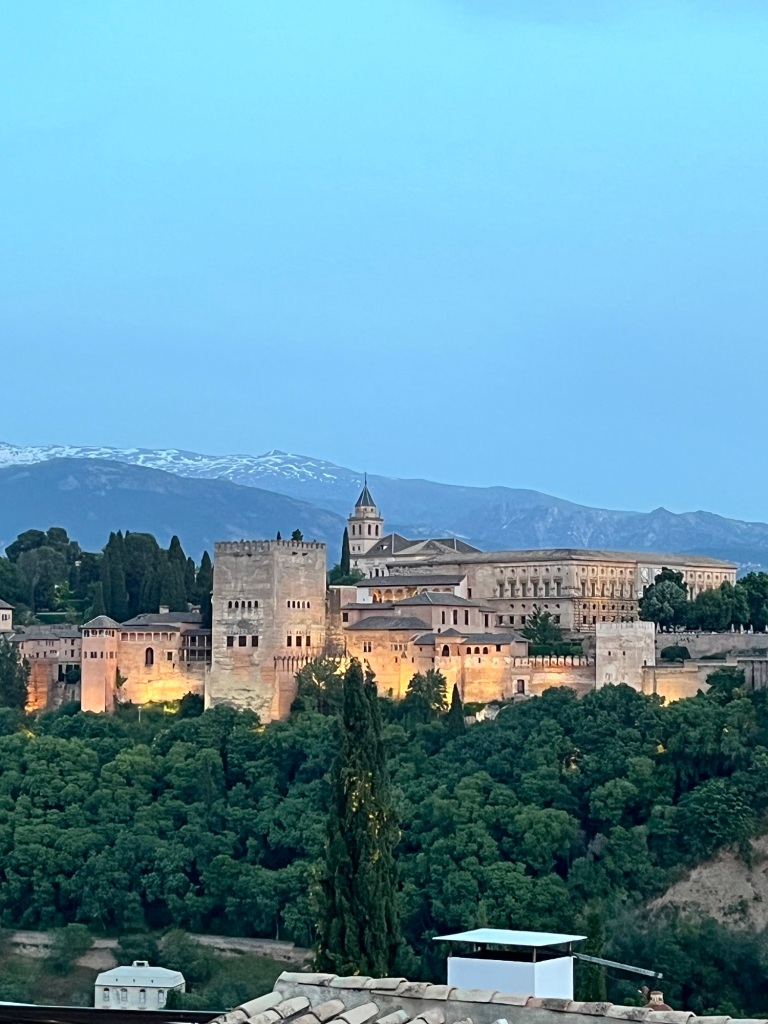
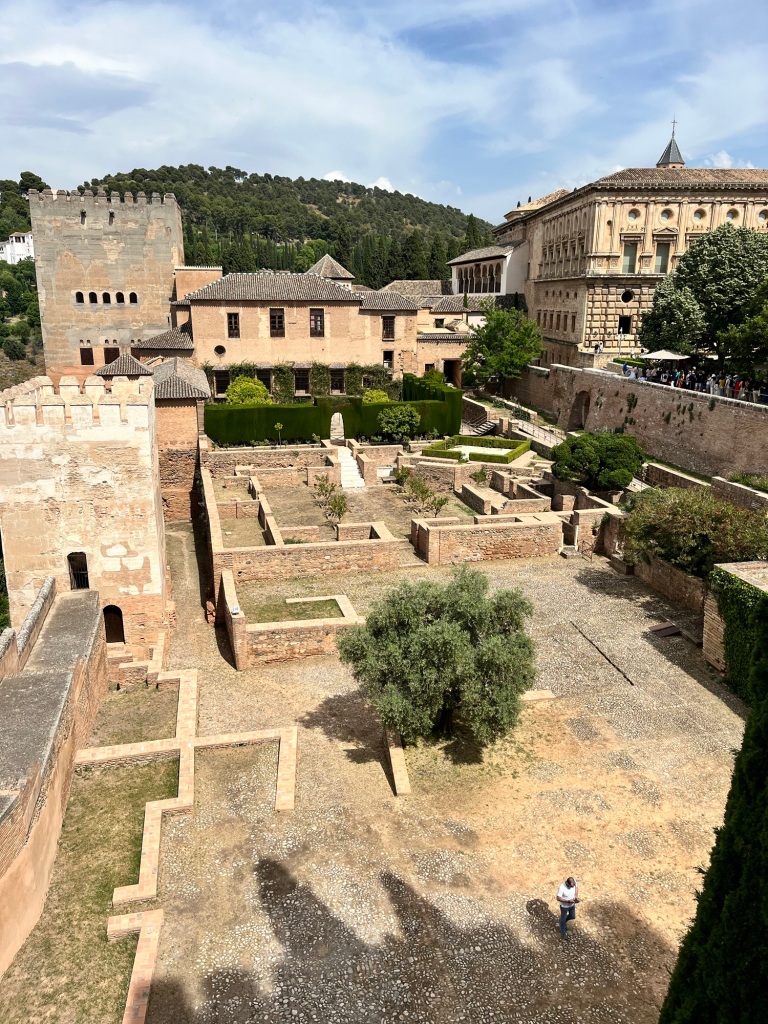
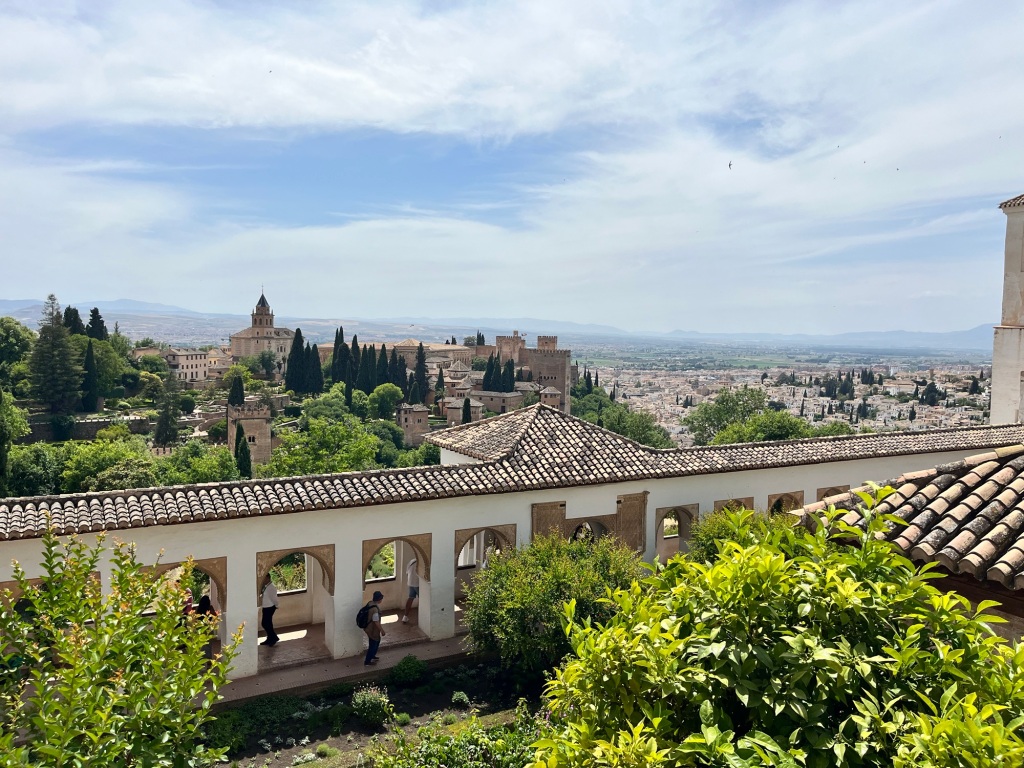
Beautiful pictures and I love the editorializing!
LikeLike
Jessica – I love following your journeys. In the once upon a time of my life I traveled to all these places in Spain that you’re highlighting. It’s so uplifting, and I think you’re adding some history I’ve either forgotten or never knew. ~ Mama Donna
LikeLiked by 1 person